TEL:+86 0536-6162866+86 187-6464-2379
ADD:No.19, Shunde Road, Zhucheng City, Shandong, China
WEB:www.cntianlang.com
Food sewage treatment plant
-
MS:Katherine Wong
+86 187-6464-2379
-
TEL:+86 0536 6162866
MAIL:sales@cntianlang.com
-

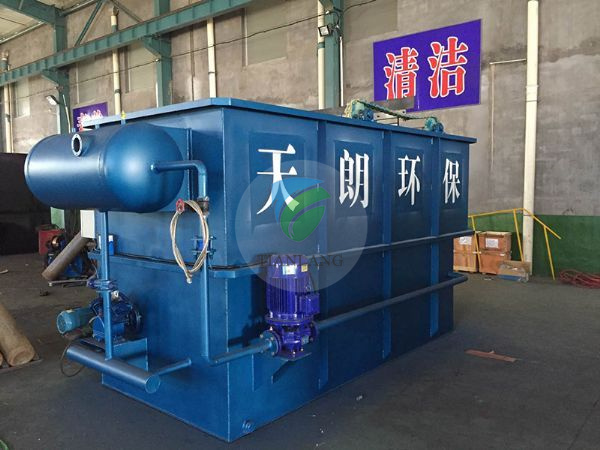
Name: Food sewage treatment plant
details
Note: The following are just a few common treatment methods. The specific processing method needs to be customized for you in combination with your situation. If you need detailed plans and quotations, please call our company service hotline, we have a dedicated technical staff to give you free programs and quotations.
With the principle of low investment and high efficiency, the principle of using technology suitable for China's national conditions is given priority. According to the current status of sewage treatment technology of similar food processing plants in China, on the basis of comprehensive investigation of various wastewater treatment technologies, combined with the actual situation of the project, It is planned to adopt the “air flotation device + A/O” process for sewage treatment. The specific process is as follows: the production wastewater and the ground cleaning wastewater are collected into the grease trap, and after the oil is separated, it flows into the tertiary septic tank together with the domestic sewage, and then passes through the grid. The grid removes large impurities and floats from it and collects it in the collection basin. Then, the sewage is pumped from the collecting tank by the lift pump to remove the fine particles in the sewage, and the water is discharged to the regulating tank, and then pumped into the integrated sewage treatment equipment by the lifting pump. In the integrated sewage treatment equipment, it passes through the anoxic tank to remove macromolecular organic matter and improve the biodegradability of the sewage. Denitrification in the anoxic tank, the total nitrogen in the sewage is removed by the reflux of the nitrifying solution, and the removal rate of ammonia nitrogen is increased. The effluent from the anoxic tank enters the contact oxidation tank, and the filler is built therein to increase the contact area between the sewage and the aerobic microorganisms, so that the organic matter in the sewage is greatly reduced. The aerobic treated sewage flows into the secondary sedimentation tank from the aerobic treated sewage into the secondary sedimentation tank for separation of the muddy water. The effluent from the contact oxidation pond is precipitated by the secondary sedimentation tank and then enters the clear water pool and then discharged.
The sewage of food processing plants has the characteristics of time non-uniformity and large time variation coefficient during day and night discharge. In order to make the subsequent processing system operate in a balanced manner and minimize the impact of production wastewater impact load to achieve the desired treatment effect, a regulating tank is needed to adjust and homogenize the wastewater volume, so that the regulating tank lifting pump always treats the average amount of water. Water supply to the subsequent processing system, data statistics, the effective volume of the adjustment tank is calculated according to the average hourly processing capacity of 6-10 times.



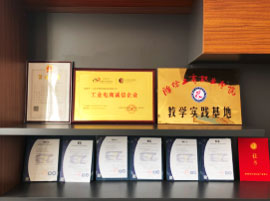

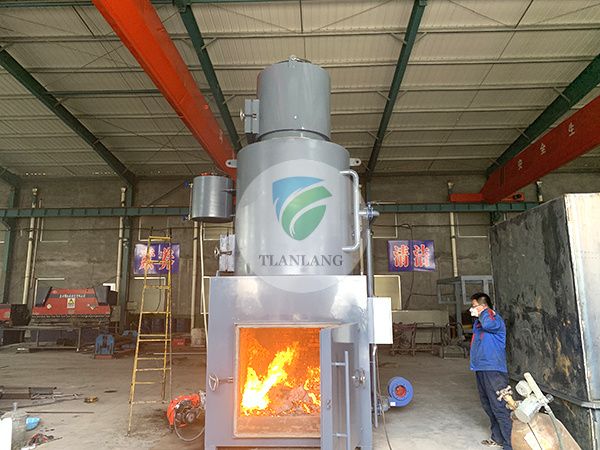
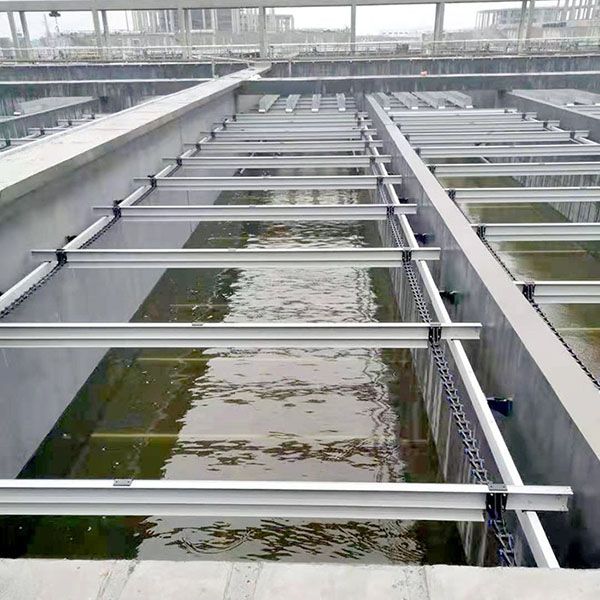
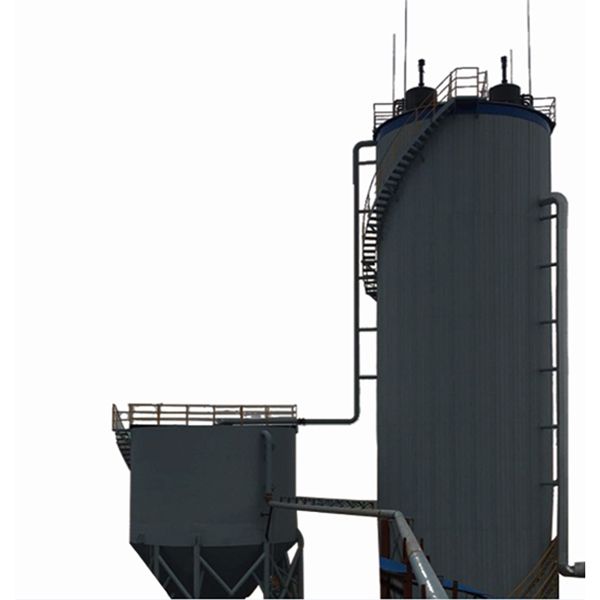
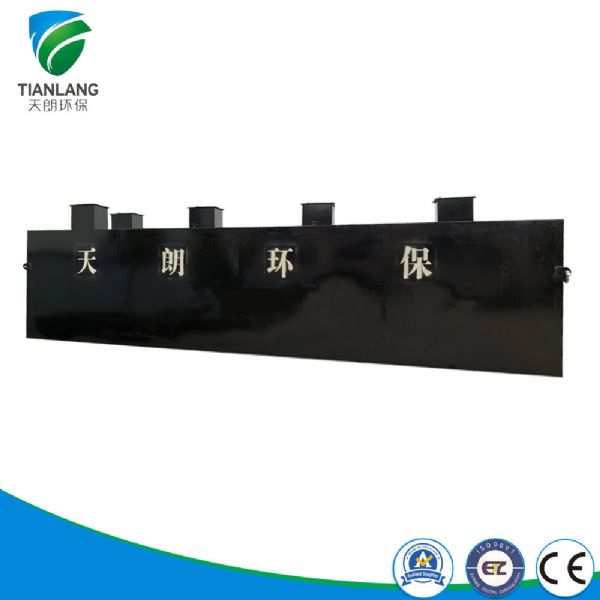
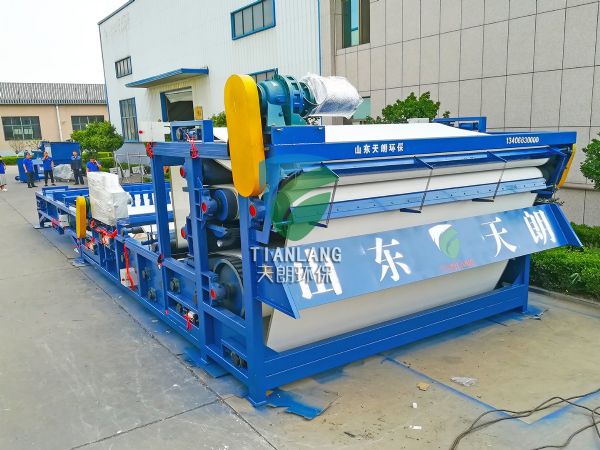
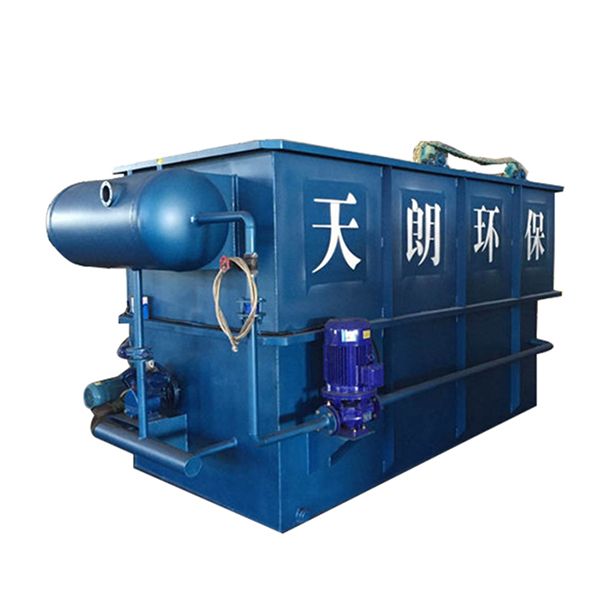
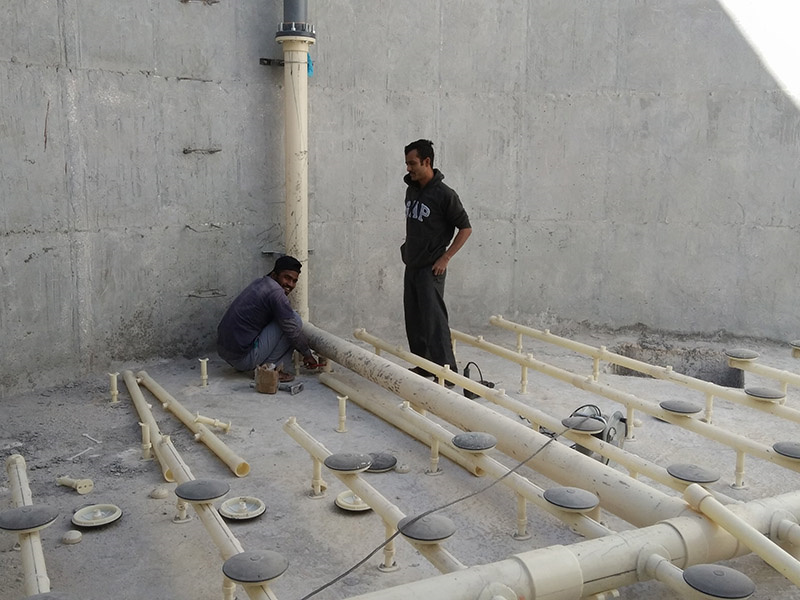
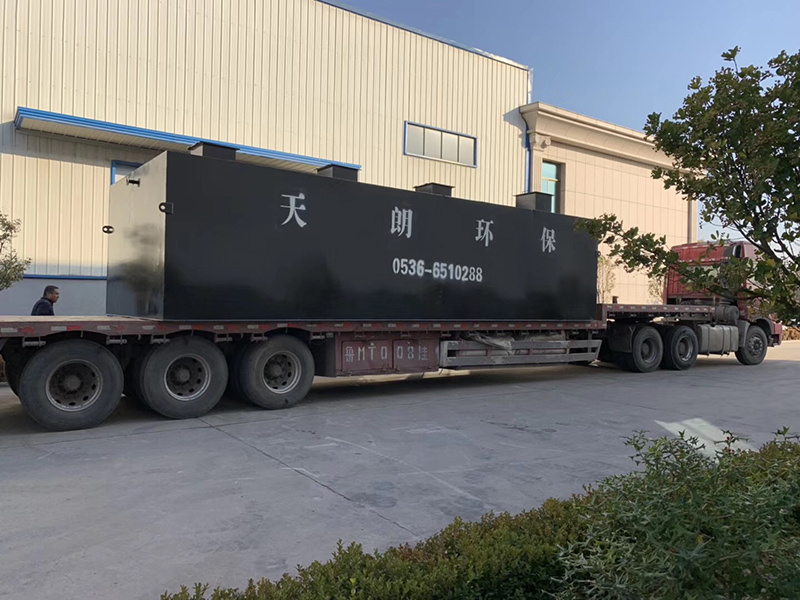

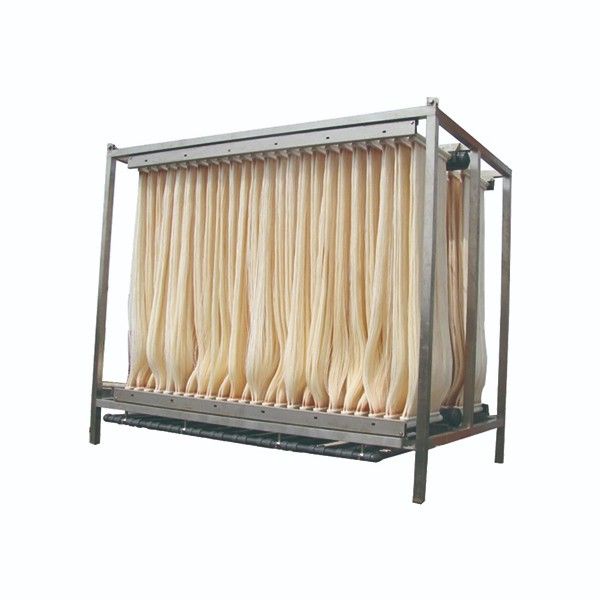
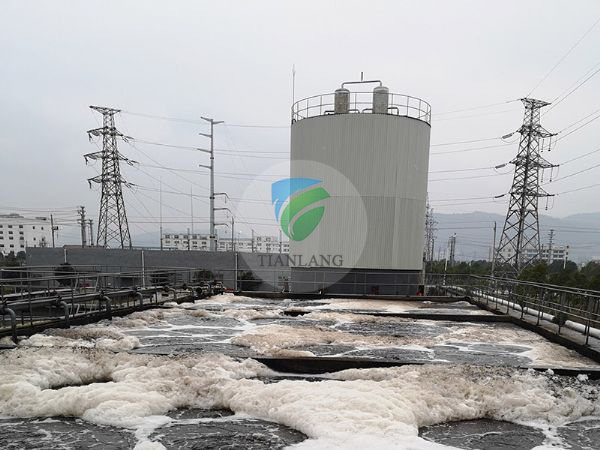
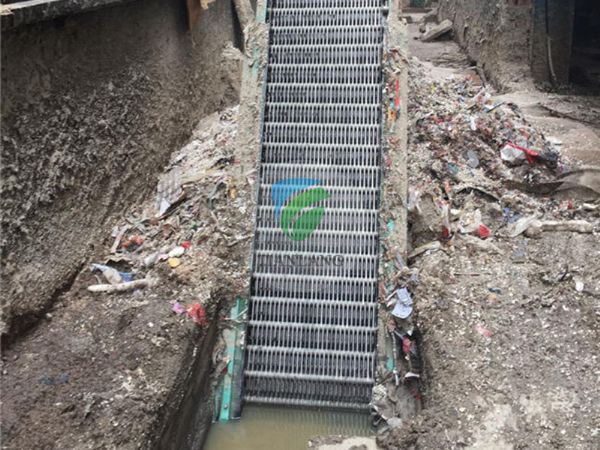






 Tel
Tel Home
Home Products
Products